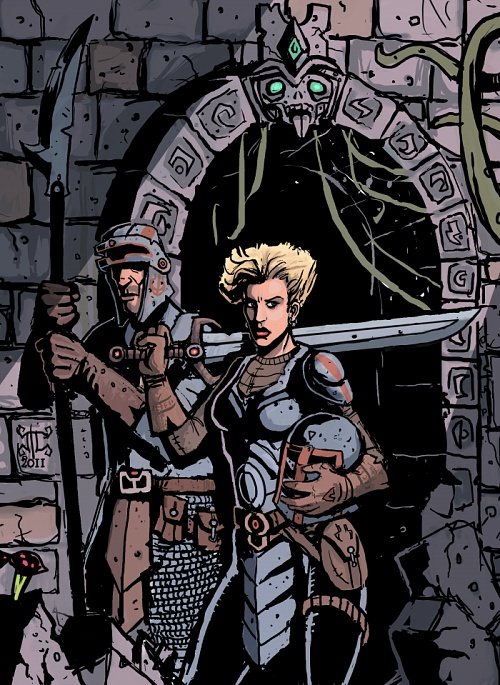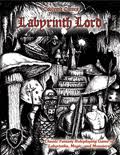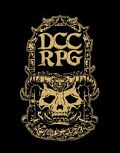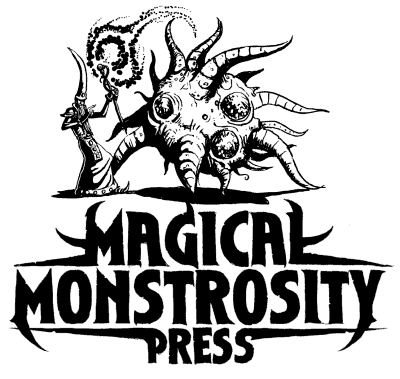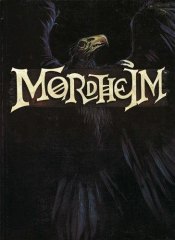
Though I enjoy the Warhammer universe (largely thanks to Fantasy Flight's recent RPG), I have zero desire to play either of the large-scale wargames (Fantasy Battle or 40k). It's just way too much commitment in terms of both time and money. I mean, what if I built a huge undead army and then decided I didn't like undead anymore?* Besides, I tend to like tactical gaming the way I like my fantasy fiction - action-packed and to the point. That's why I'll read pulp fantasy like "Kyrik: Warlock Warrior" over "Game of Thrones" any day.
A few weeks back, I found a used copy of the Mordheim rulebook at Half Price Books. I had heard of the game before but never seen it or played it. Now the Warhammer universe is a grim, dark place, but Mordheim (now out of print, but available at the Games Workshop website in PDF form) cranks up the volume by throwing an apocalypse into the mix (it's not surprising that the game was published in 1999).
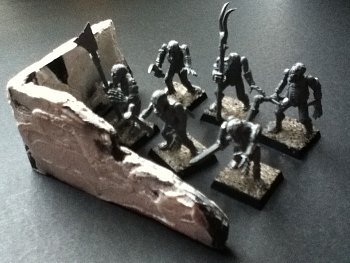
A comet thought to be a good omen instead crashes into the city of Mordheim**, devastating it and showering it in radioactive meteorite shards. Apparently, the shards become a valuable resource and people come from all over the world to get their hands on them. Not surprisingly, chaos ensues and treasure hunters fight the flat-out crazy mutant inhabitants in the ruins of the city to accumulate piles of glowing green meteorite shards.
I haven't pored through all the rules yet, but at its core, Mordheim is a skirmish minis game. You create a warband of 10-15 minis and then duke it out with other warbands. The game is played as a campaign, and from session to session your intrepid band of cutthroats accumulate radioactive meteorite shards, experience, weapons and powers. One could almost call it a tabletop action RPG.
In any case, I've been inspired enough to dig out some Warhammer zombies that have been sitting in my closet and actually assemble and base them. As an experiment in terrain making, I also tried creating a section of broken wall using Foam-Core and spackle. They're currently unpainted, but I'll post updates when I get around to finishing them.
*Yeah, right. Like that would happen.
**Honestly, what outcome did they expect? They named their city like they were naming a Norwegian black metal band.
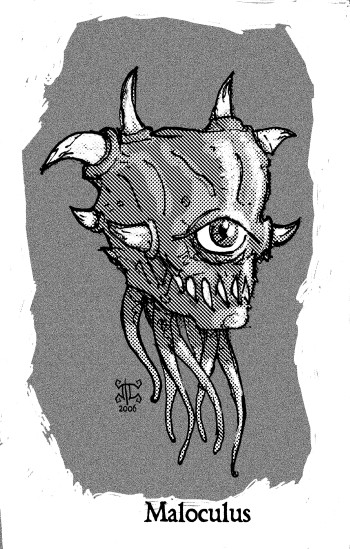 Here's the original sketch from 2006. A 'remastered' version of this image (which is truly a terror to, um, behold) will be released with the forthcoming monster entry.
Here's the original sketch from 2006. A 'remastered' version of this image (which is truly a terror to, um, behold) will be released with the forthcoming monster entry.